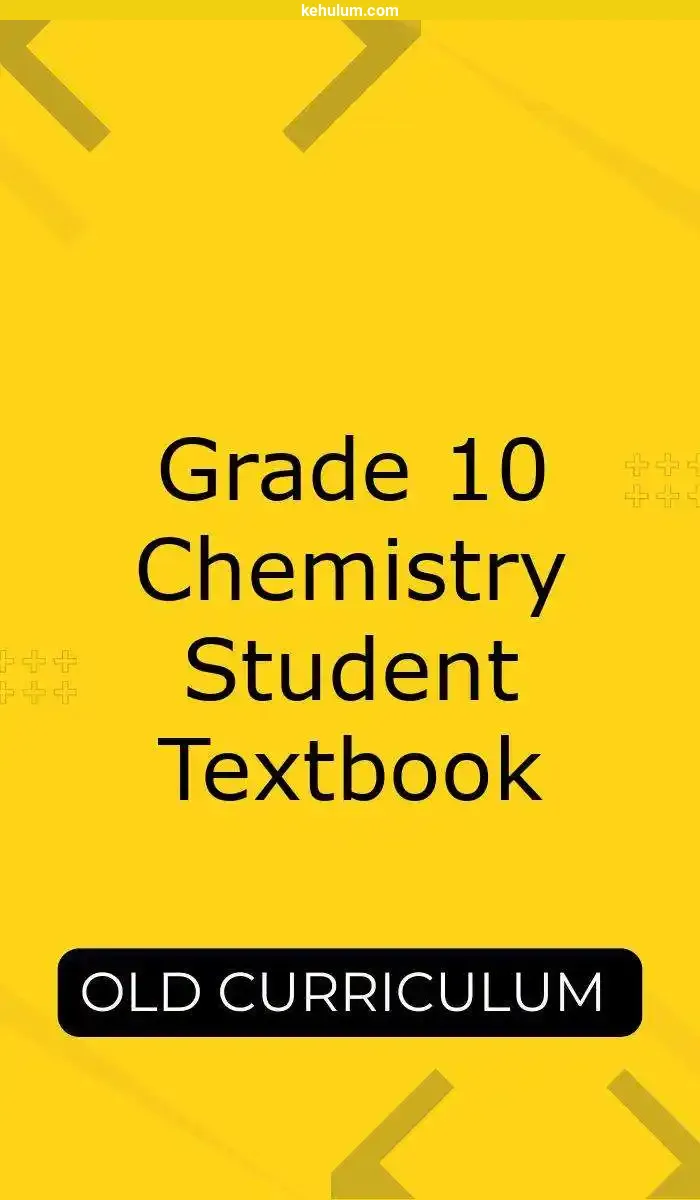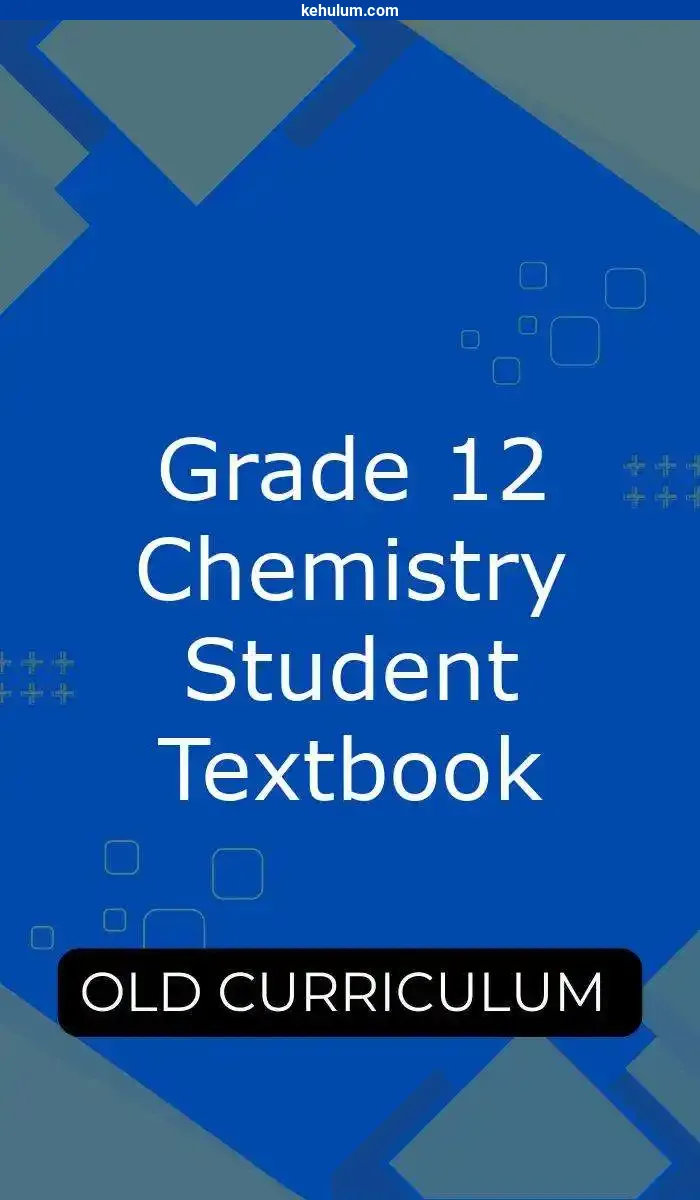The Ethiopian Grade 11 Old Curriculum Chemistry Student Textbook has 6 units. They are:
- Unit 1: Fundamental Concepts in Chemistry
- Unit 2: Atomic Structure and Periodic Table
- Unit 3: Chemical Bonding and Structure
- Unit 4: Chemical Kinetics
- Unit 5: Chemical Equilibrium and Phase Equilibrium
- Unit 6: Carboxylic Acids, Esters, Fats and Oils
Unit 1: Fundamental Concepts in Chemistry
Covers the scope of chemistry, SI units, uncertainty in measurements, and the use of the scientific method. Students learn laboratory procedures, safe practices, and scientific inquiry skills such as observing, predicting, and analyzing.
Unit 2: Atomic Structure and Periodic Table
Explains the historical development of atomic theory, experiments that revealed atomic structure, and the makeup of the nucleus. Introduces electromagnetic radiation, atomic spectra, quantum mechanics, and periodic law, linking electronic configurations to periodic trends.
Unit 3: Chemical Bonding and Structure
Describes ionic, covalent, and metallic bonding, as well as polarity and intermolecular forces. Introduces Lewis structures, valence bond theory, molecular orbital theory, and crystal types, highlighting the relationship between bonding and physical properties.
Unit 4: Chemical Kinetics
Defines reaction rates and factors affecting them, including nature of reactants, surface area, concentration, temperature, and catalysts. Covers collision theory, transition-state theory, rate laws, orders of reaction, and reaction mechanisms, with examples from industrial processes.
Unit 5: Chemical Equilibrium and Phase Equilibrium
Explores dynamic equilibrium, the law of mass action, and equilibrium constants. Introduces the reaction quotient, Le Châtelier’s principle, and phase equilibrium, with applications in industrial production such as ammonia and sulphuric acid.
Unit 6: Carboxylic Acids, Esters, Fats and Oils
Covers the structure, naming, and properties of carboxylic acids and esters, their reactions, and industrial uses. Discusses fats, oils, saponification, soap and detergent action, and the environmental impacts of improper detergent disposal.











